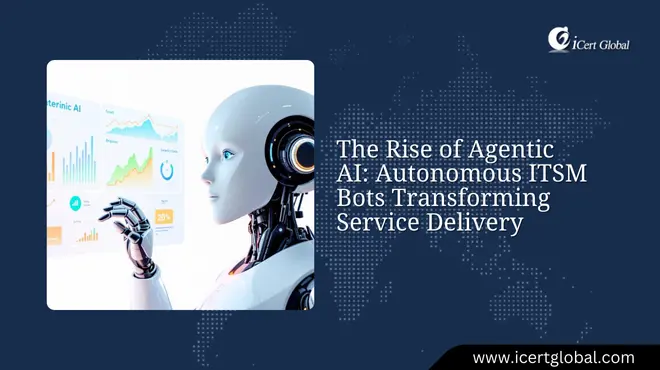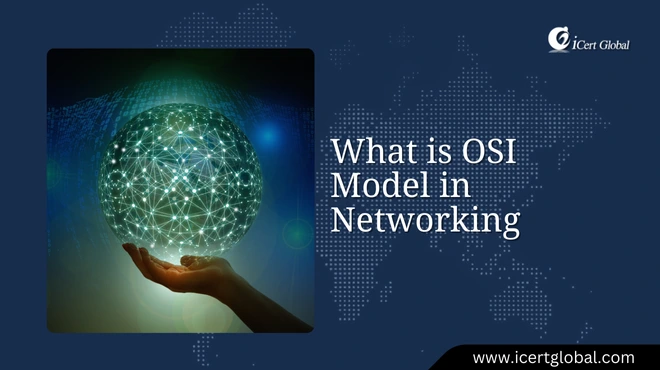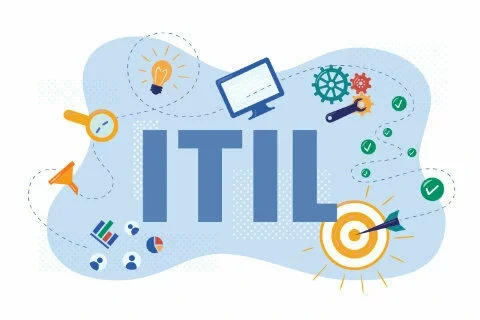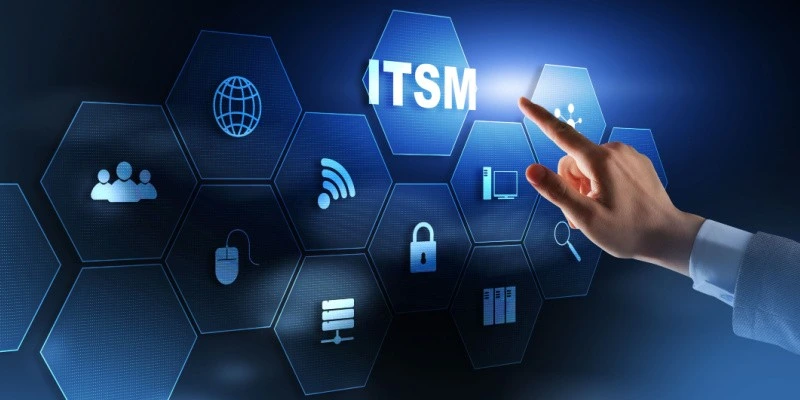Introduction to Service Design:
oThe purpose and objectives of service Design
oThe scope of service design and ways that service design adds value to the business
oThe context of service design in relation to all other lifecycle stages
Service design principles:
oDesign service solutions related to a customerâs needs
oDesign and utilize the service portfolio to enhance business value
oThe measurement systems and metrics
oService design models to accommodate different service solution
Service Design Processes:
oThe knowledge, interpretation and analysis of service design principles, techniques and relationships and their application to the design of effective service solutions
Service design technology-related activities:
oRequirements engineering in the design process and utilizing the three types of requirements as identified for any system; functional, management/operations and usability
oThe design of technical architectures for data and information management, and application management
Organizing for Service Design:
oHow to design, implement and populate a RACI diagram for any process that is within the scope of IT service management
oThe service design roles and responsibilities, where and how they are used and how a service design organization would be structured to use these roles
Technology Considerations:
oService design related service management tools, where and how they would be used.
oThe benefits and types of tools that support service design
Implementing and improving service design:
oThe six-stage implementation/improvement cycle and how the activities in each stage of the cycle are applied
oHow business impact analysis, service level requirements and risk assessment can affect service design solutions
Challenges, critical success factors and risks:
oBe able to provide insight and guidance for service design





























.webp)


